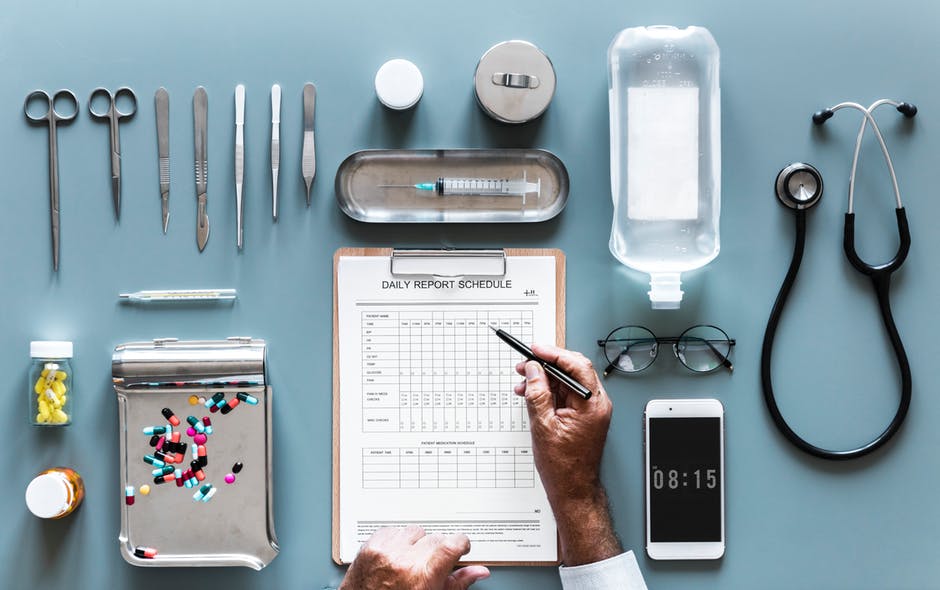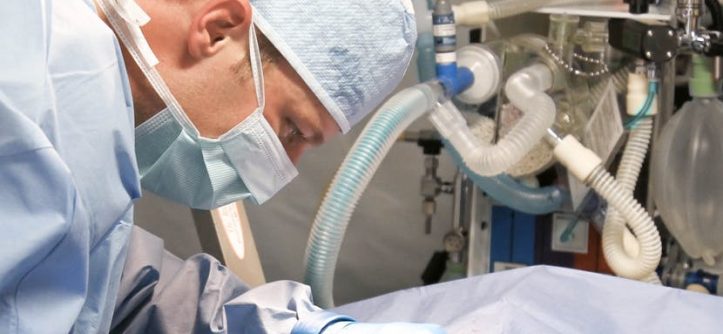When laser technologies came on the scene in 1960, professionals in the medical field were sceptical about its usefulness and how to regulate the scene. But it moved on to become a widely used technology in diverse areas in contemporary society. So many people were doubtful concerning the usage of light beams as a physical medical tool, but modern medicine proves that lasers have their place. It has been almost five decades since laser technology was invented, and has seen exponential progress, becoming among the most helpful and versatile instruments in the domain of healthcare remedies. Doctors and academic researchers in the medical industry have recently unravelled the potential of laser technology in aiding a range of surgical processes such as incision of cells, vision correction, removing dental cavities and an array of cosmetic treatments. Below, we go through the most common ways lasers are used in modern medical treatments.
Scalpel
Surgical incisions created with knives and scissors aren’t exact and can lead to a threat to life. However, employing laser technologies, the likelihood of danger during critical surgeries reduces, as lasers beams are constant and infiltrate in equivalent thickness. Using lasers for surgical incisions means greater accuracy and reduced risk of scalpel contamination and other dangers. Another benefit of laser technologies is the fact that it cauterizes broken blood vessels without causing excessive blood loss. On the flip side, some physicians feel that while lasers are useful in some operative procedures, they don’t replace scalpel entirely.
Laser Dentistry
Dentistry is just another important branch of health treatments that have gained from laser engineering. Nobody likes to receive their cavity drilled along with the process of metal drilling demands that the use of anaesthesia which leads to numbness in the mouth. In addition, the noise of tooth drilling is somewhat bothersome. Here, the laser beam is put at a power that’s powerful enough to remove the tooth tissue but won’t result in any damage to tooth enamel. Laser technology has reduced the hassle and pain for dental patients as well as increase the efficiency for dental practitioners.
Cleaning Arteries
Now, lasers are too utilised to wash plaque from the arteries. It aids in treatment and prevention of Cardiovascular Diseases. Plaque is a tough, fatty material that builds on the interior walls of their arteries and also obstructs the simple flow of blood. This kind of situation may lead to heart attack. The laser procedure is carried out by implanting a small fibre variety into the blood vessel of leg and arms. The laser beam travels all of the ways into the obstructed arteries to spot the plaque and ruin it in Heart & Vascular System. It averts the consequences that cause cardiac disorders and also the very long recuperation process afterwards.
Cosmetic Laser Surgery and Treatments
Laser technology is widely utilised to for the purpose of cosmetic dermatological remedies like the elimination of birthmarks, scars and pimples. Cosmetic treatments benefit from its quality. Since lasers are often available in single colour, alterations can be made to the colour which will be consumed by skin area during therapy. The laser beam burns off stained skin cells such as scars and birthmarks. In dermatology laser treatments are often used in conjunction with dermal fillers and other treatments to maximise results and create a smooth look for clients. There are different types of lasers suitable for various applications, such as low-level laser therapy to reduce minor marks or targeted specific areas using coloured lasers.
Defeating Cancer
Lasers have presented a treatment option for cancer patients that is non-invasive and can be useful in some patients. Photodynamic therapy is the process of utilising lasers and light-sensitive drugs to make cells attract the light. The medicine is placed into cancer cells which consequently are destroyed with the laser light. This treatment area is still in early stages of trial and development however the future looks promising.
Women’s Health
Women now have non-invasive treatment options for sensitive issues such as urinary stress incontinence which was once a painful condition to manage and treat. Other concerns such as vaginal dryness can be handled using lasers, in a process in which lasers are used to stimulate the surrounding tissue. Laser treatments are fast and do not transmit any pain or require downtime. A great alternative to surgical procedures which are painful and need lengthy recovery. Laser technology is truly revolutionary, and it is difficult to think of the medical field without such an innovation.
Always Remember Safety
Lasers are powerful tools which therefore present risks is misused or without proper training and knowledge. Lasers can cause burns scarring, and permanent damage if misused. Proper safety equipment such as goggles and a controlled environment should always be used.






